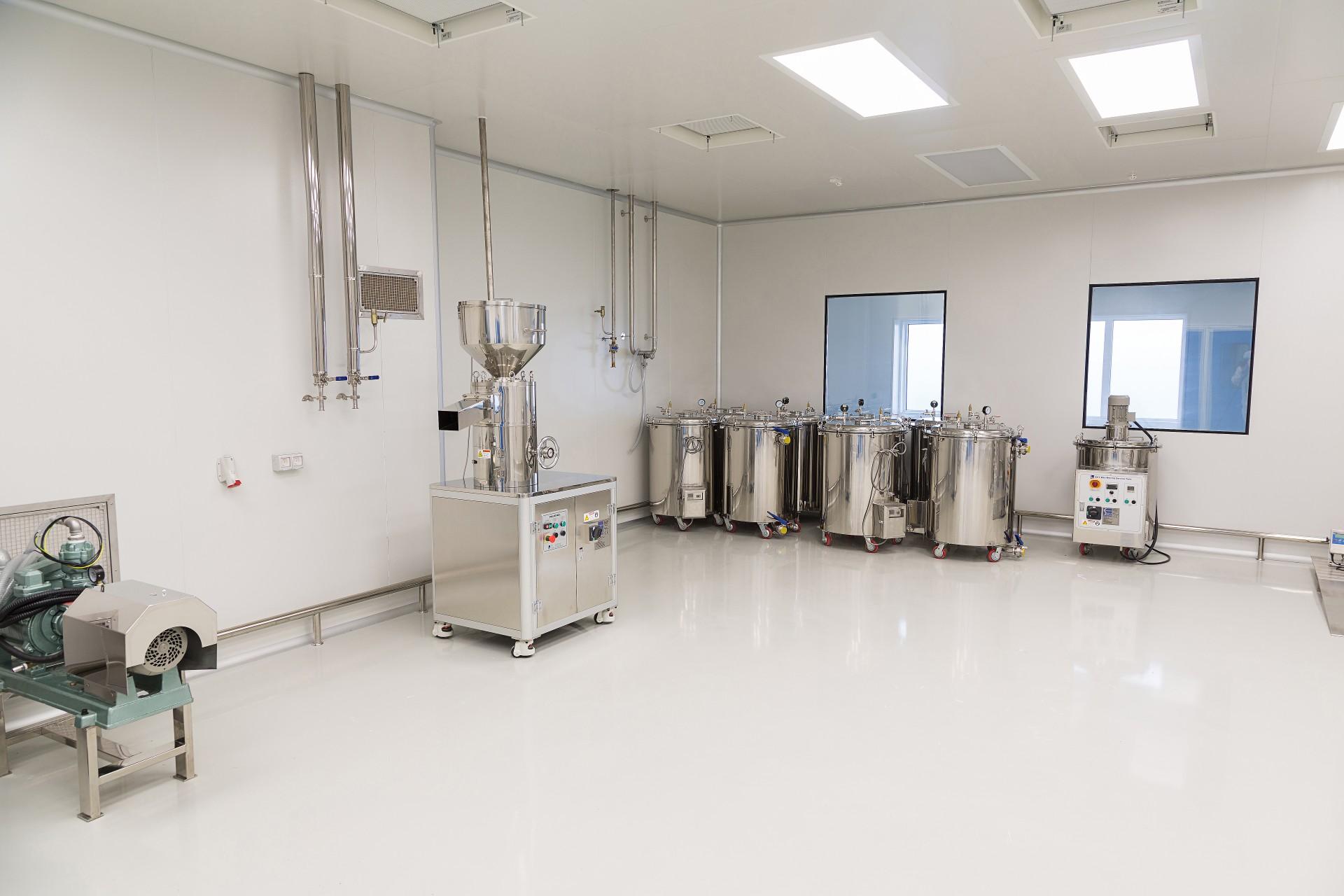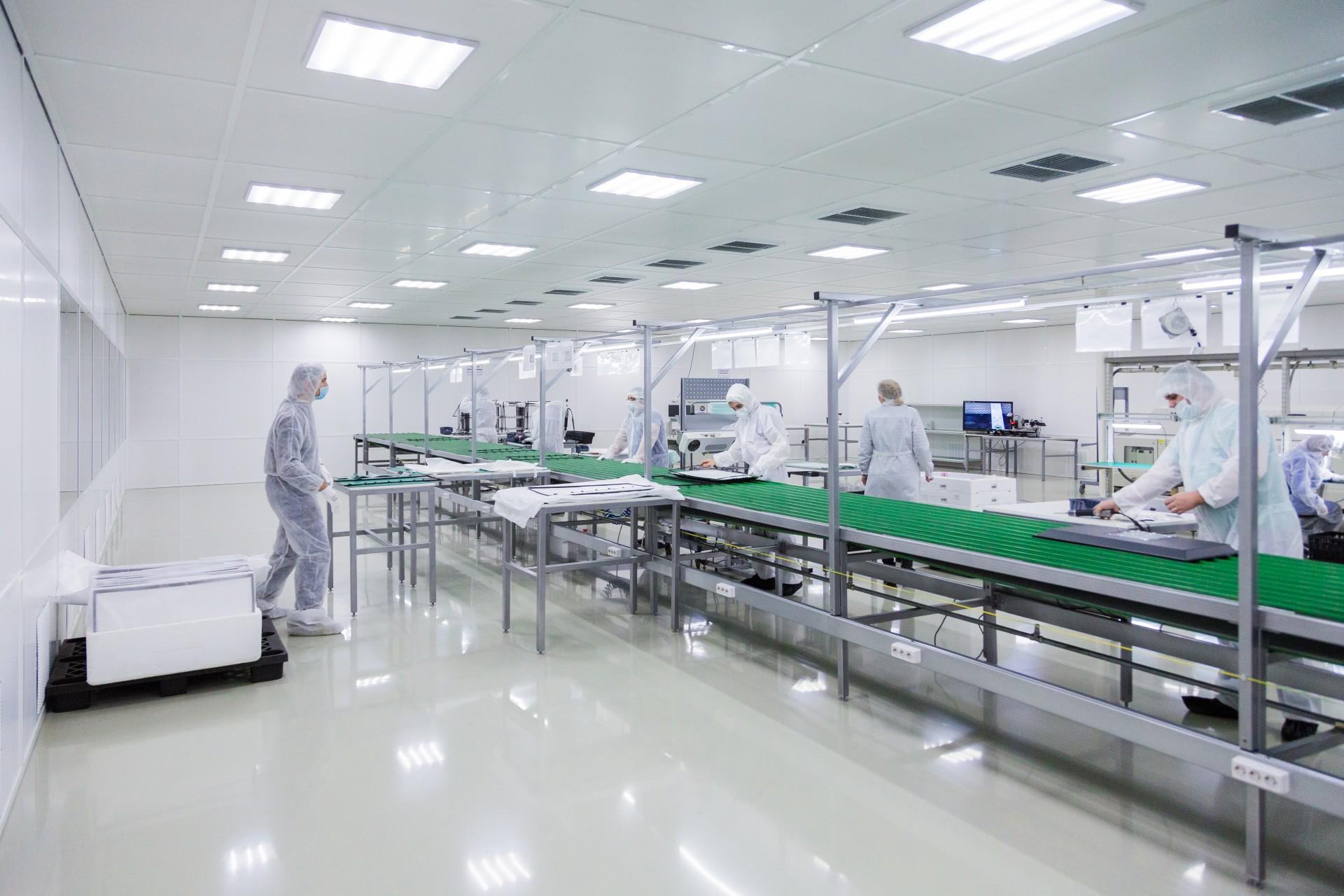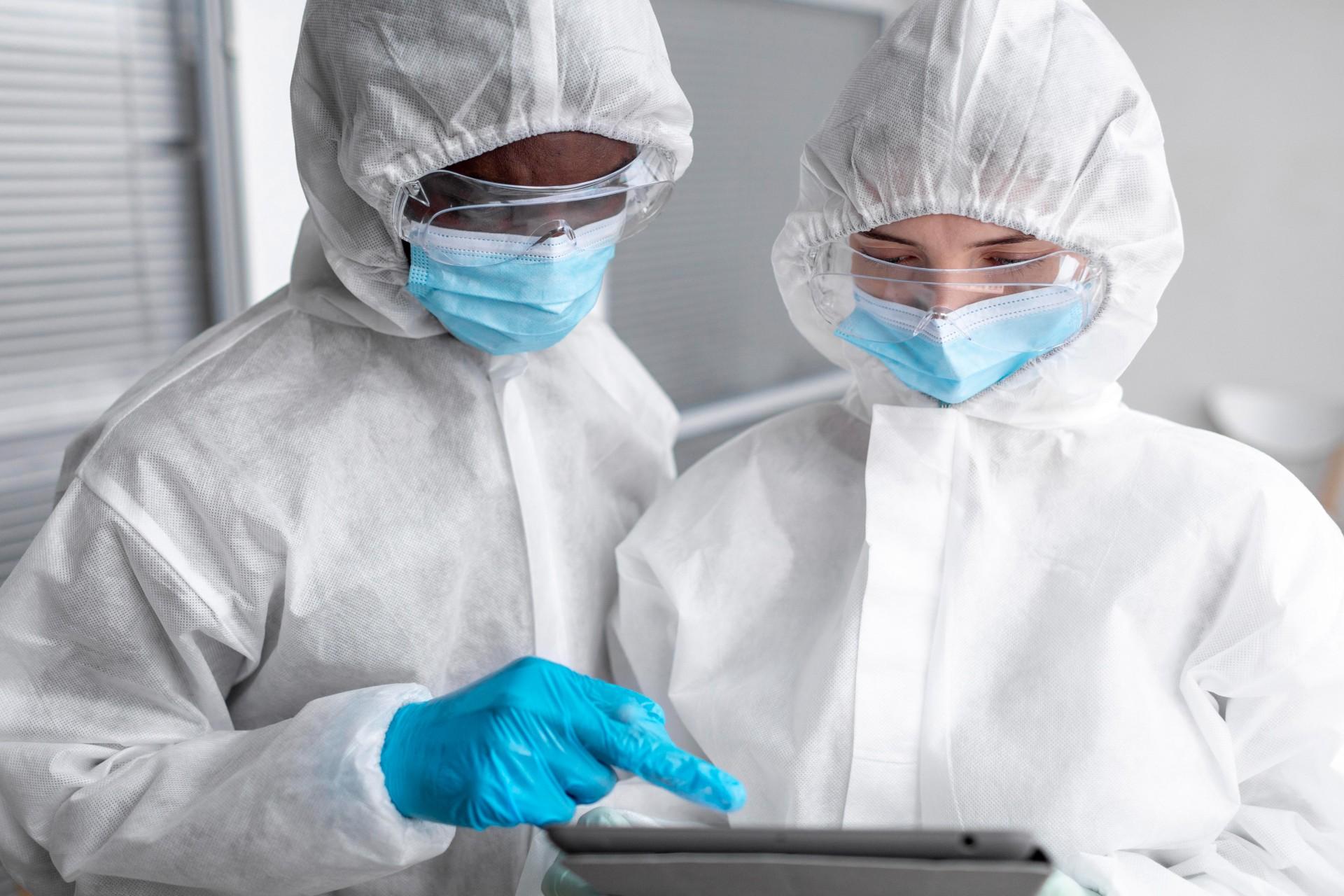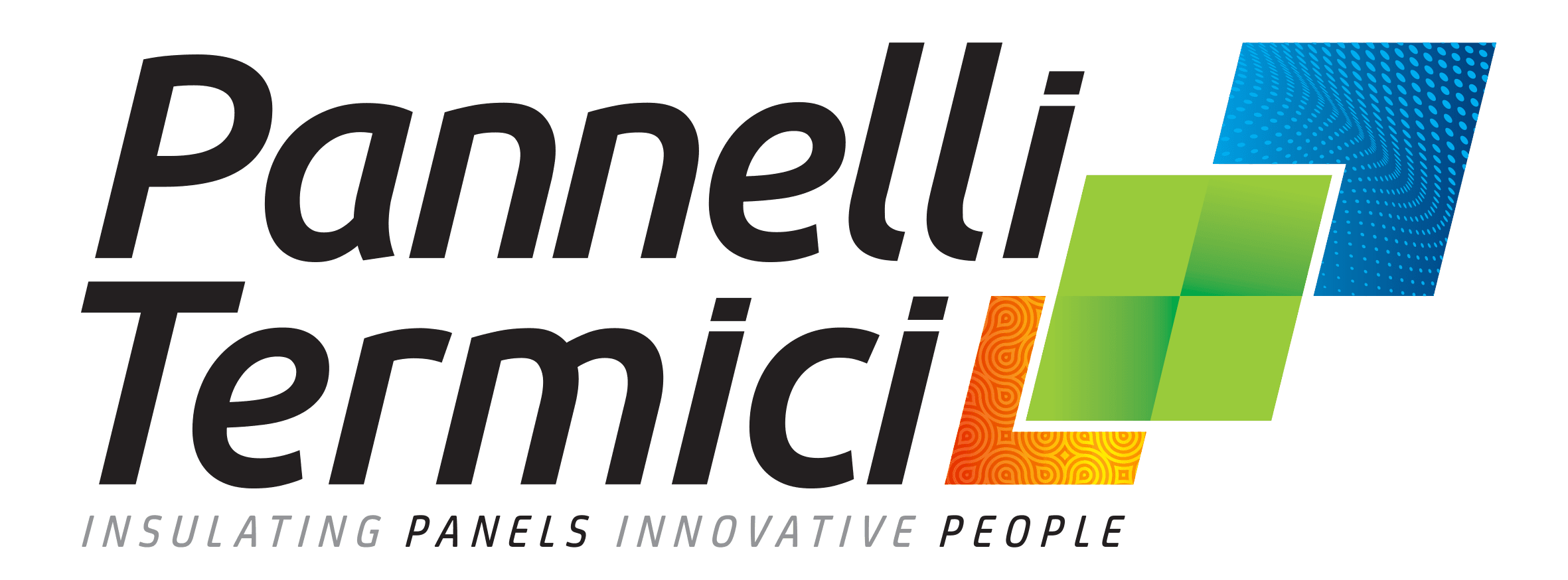Cleanrooms: definition and guidelines
Cleanrooms: definition
What is a cleanroom? A 'clean room' is an environment with controlled contamination. The purpose of the cleanroom is to provide a work environment that limits the presence of particles within it thanks to a particular air filtration system.
The parameters that are continuously monitored are temperature, humidity, and pressure, whose values vary depending on the intended use of the facility. The cleanroom is therefore a work area in which the air is 10,000 to 50,000 times cleaner than normal air.


The cleanroom must meet certain structural requirements, including:
- materials must not release particles
- surfaces must be smooth and easily cleanable
- fittings must have rounded edges
- outlets and fixtures must be flush
- pipes must pass outside the premises
Of fundamental importance is the air treatment system. This prevents microorganisms or dust from entering from outside and thus maintains the internal environment completely sterile and aseptic.
One of the main sources of contamination inside the cleanroom is represented by the production process along with the machinery. It is necessary to pay particular attention to product handling, cleaning, and maintenance of the cleanroom itself. But not only that, even humans, through their movement such as walking, can emit millions of particles that pose a danger to a sterile environment (particle contamination). The personnel entering the cleanroom must therefore, in addition to being carefully trained, wear, following a precise sequence, a type of sterilized or disposable clothing. Furthermore, this dressing ritual must take place in a dressing room adjacent to the cleanroom, preventing contaminations towards the outside. By thus respecting the precise purity standards required, it is possible to guarantee a completely sterile production.


Guidelines for Cleanrooms
The reference guidelines for cleanrooms are: the UNI EN 14644 standard, which in Europe replaced the American Federal Standards, and the Good Manufacturing Practice (GMP).
For the classification of cleanrooms, reference is made to the UNI EN 14644 standard. This standard defines the number and concentration of particles in the air volume (in cubic meters). Depending on the value of particles present, it is possible to classify a cleanroom starting from ISO Class 1, which represents the highest cleanliness class, up to ISO Class 9. Furthermore, the standard establishes that the cleanliness class can be measured in three different operating states: as built, at rest, and operational. The GMP, Annex 1, "Manufacture of Sterile Medicinal Products," instead identifies a series of guidelines regarding: means and methods, equipment, and production management to achieve certain quality standards.
Why Investing in a Cleanroom
Not only is the use of cleanrooms becoming increasingly important in the contemporary world, but we are also witnessing an expansion into new application sectors. While initially only the microelectronics and semiconductor sectors embraced this idea, today industries ranging from food production, optics, pharmaceutical-medical, aerospace, to injection printing companies and research institutes choose to invest in a cleanroom.
With the development of the economy, increasingly high-tech and high-precision industrial processes are required. The use of cleanrooms represents the perfect response to these new needs, not only in terms of product quality, production process efficiency, and smoothness but also in terms of the very high health and comfort status of the operators.


